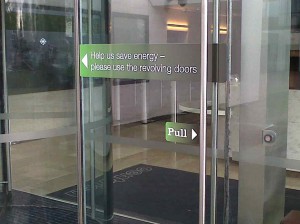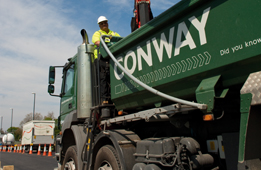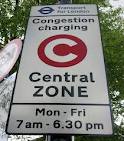Liberal Democrat Vision for Dulwich Hospital site
Local Liberal Democrat councillors deeply regret the running down and the loss of services at our hospital in East Dulwich. We want to keep our Hospital not lose it.
We congratulate local residents who have fought a long running campaign to protect health services being delivered from this site. Given the current position of the site we believe it is important for the community and local elected representatives to be clear about the long term aspirations for the area taking into account the new economic realities.
We have, therefore, set out below our initial views following our many conversations with local residents. We are keen to hear more from local people about what they think and what they would like to see on the site and will be specifically asking residents about these proposals. We appreciate the need for any plans to be financially viable, but also recognise that the site is of such local importance that community uses must also be valued most highly.
Taking into account Southwark’s policy for 35% social housing and Section 106 SPD and the expected developer contributions we propose the following:
Western section
We appreciate that the site will need residential units for it to be financially viable for a developer and, therefore, suggest the western part of the site for this purpose. Developers would, of course, have to go through the planning process which would ensure that development is appropriate in terms of design and density. We want a development of the highest possible green credentials to enhance and inspire East Dulwich. We would want to see a high quality development which also provided affordable homes and a financial contribution to the community (to be used in the eastern section).
Eastern and northern sections
As well as a financial contribution from the western side we would also need to find uses which were as economically sustainable as possible while still bringing positive benefits to the community. In this area we would therefore like to see:
– Housing for retired people
We want Southwark to show leadership in providing a high quality ‘retirement village’ development. These would be for a mix of income levels and have different levels of adaptation for varying needs as people become older. They would provide income in ground rent, which would help the rest of the eastern area with developing other community uses. As with the housing development on the western side, the development should have the highest green credentials. A vibrant place for older people in this area would also help to free up larger council properties on nearby estates for families.
– Primary School
We strongly believe that a primary school should be considered. Local parents tell us that a new primary school will be needed in future and building around 200 new homes will only increase such a need. Although this is not needed right now, pupil projections are clear that we need to be thinking about this possibility over the next few years. We would, therefore, take this opportunity to plan ahead and to consider building a new community primary school here (at the other end of the eastern section from the retirement village.). We would look at a number of sources for the funding of a new primary school.
– A new Medical Centre.
Our vision for a medical centre would for a clinic which offers a GP surgery plus. It could also include blood tests, potentially a pharmacy (although a local one on Melbourne Grove exists) and other medical services. This would be in keeping with the history of the hospital and could be flexible according to local needs and whether local GPs wanted to move in. It would also tie in perfectly with the retirement village and could specialise in services for pensioners.
– Sports, gardening facilities and indoor community space.
The potential opportunities for sharing space with new residents, existing residents and a potential school are vast. This has been done in other parts of the borough and would mean that there could be provision for sports facilities (indoor and/or outdoor), a shared community hall (for use by residents when the school does not need it), and some form of allotments or walled garden.
The Chateau
This building should be kept for community uses into perpetuity as a standalone charity unless the school is able to provide all the necessary shared facilities. It could also have some rented office space and possibly a nursery to bring in revenue. A similar project at Cambridge House is proving to be very successful. The council could even rent office space from here if it needed to. And SELDOC could be based in this building.
The Chateau should also provide space for the Dulwich Helpline and this should be confirmed with them as soon as possible so that they know they have a secure home. If there are other local voluntary sector organisations who need a base then this would also be a good location for them.
Environment
This whole development could and should be carbon neutral. We would create an East Dulwich Zero Emissions Development along the lines of Liberal Democrat London Borough of Sutton’s Beddington Zero Emission Development BedZED (http://www.bioregional.com/what-we-do/our-work/bedzed).
Following the Zero Emissions principles for development would maximise the space used for new homes and retirement homes while minimising the impacts on the local area from cars, energy and water use. This site is less than 5 mins walk from a local station and 5 busy bus routes and there are fantastic opportunities to lead the way in radical environmentally friendly ideas as part of this process.
Conclusion
We are realistic that there will have to be private housing developed on the site to make our other suggestions viable. However, with council commitment and funding as well as the private sources of income we have a fantastic chance to pursue a vision which provides homes, education, leisure and health in a sustainable and exciting way. If you have any comments, suggestions or ideas that you would like to share with us, please send them to info@southwark-libdems.org.uk or complete our survey.







